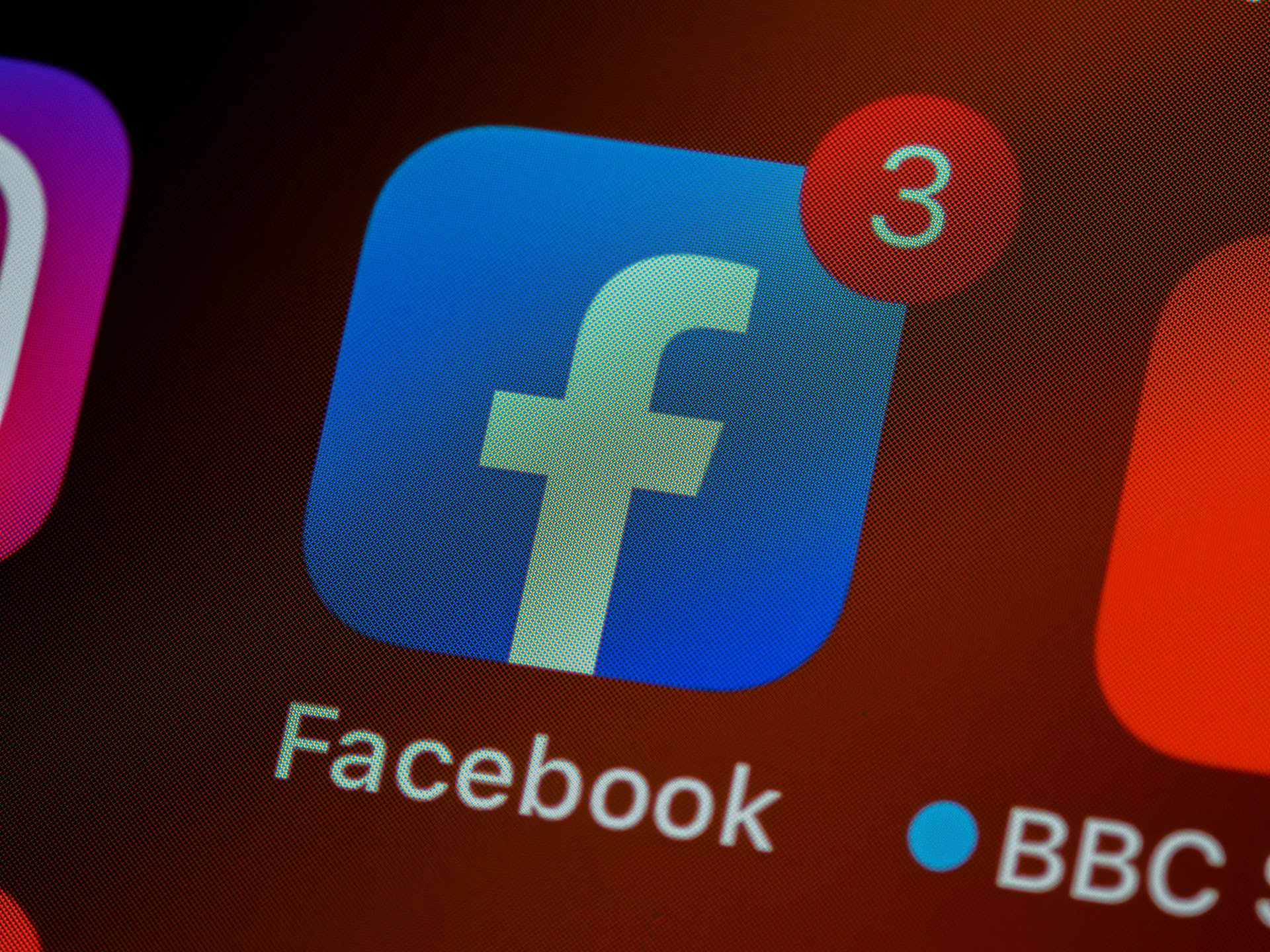As the field of journalism continues to evolve with technological advancements, artificial intelligence (AI) is increasingly being integrated into news production. One of the most notable applications of AI in journalism is the use of chatbots to create news stories. While some see this as a revolutionary step forward, others are concerned about the implications it may have on the accuracy and integrity of news reporting.
On the surface, the idea of using chatbots to create news stories may seem like a logical next step. Chatbots are AI-powered computer programs designed to simulate conversation with human users. They are already widely used in customer service, online retail, and even healthcare. In journalism, chatbots can be programmed to scour through massive amounts of data and generate news articles in a matter of seconds. This allows news organizations to produce stories faster and more efficiently than ever before.
Proponents of chatbots in news production argue that they offer several benefits. For one, chatbots can process large amounts of data much faster than human reporters. This means that news organizations can produce stories on breaking events in real-time, giving them a competitive advantage over traditional news outlets. Additionally, chatbots can eliminate the risk of human bias in reporting, ensuring that stories are based solely on the data and information available.
However, there are also concerns about the use of chatbots in news production. One of the biggest concerns is the potential for errors or inaccuracies in reporting. While chatbots can process large amounts of data quickly, they are not infallible. They may miss important details or misunderstand context, leading to inaccurate reporting. This could ultimately damage the credibility of news organizations and undermine the public’s trust in journalism.
Another concern is the potential for chatbots to be manipulated or programmed to produce biased reporting. While the idea of eliminating human bias may seem appealing, it is important to remember that chatbots are only as unbiased as the data they are programmed to analyze. If the data itself is biased or incomplete, the resulting reporting will be as well. This could have serious implications for the public’s understanding of important issues and events.
Despite these concerns, chatbots are already being used in news production by several major news organizations. The Associated Press, for example, has been using an AI system called Wordsmith to create automated news stories since 2014. Other news outlets, including Reuters and the BBC, have also experimented with chatbots in news production.
So, are chatbots in news production a blessing or a curse? The answer is not so clear-cut. While they offer the potential for faster and more efficient news reporting, there are legitimate concerns about the accuracy and integrity of their output. As with any new technology, it is important for news organizations to approach the use of chatbots in a responsible and ethical manner. This means carefully monitoring their output and ensuring that they are not being used to manipulate or mislead the public.
In the end, the use of chatbots in news production is still a relatively new phenomenon, and its full impact on journalism has yet to be seen. While it may offer benefits in terms of efficiency and speed, it is important for news organizations to weigh the potential risks and ensure that their use of chatbots aligns with journalistic ethics and values. Only then can we determine whether they are truly a blessing or a curse for the field of journalism.










